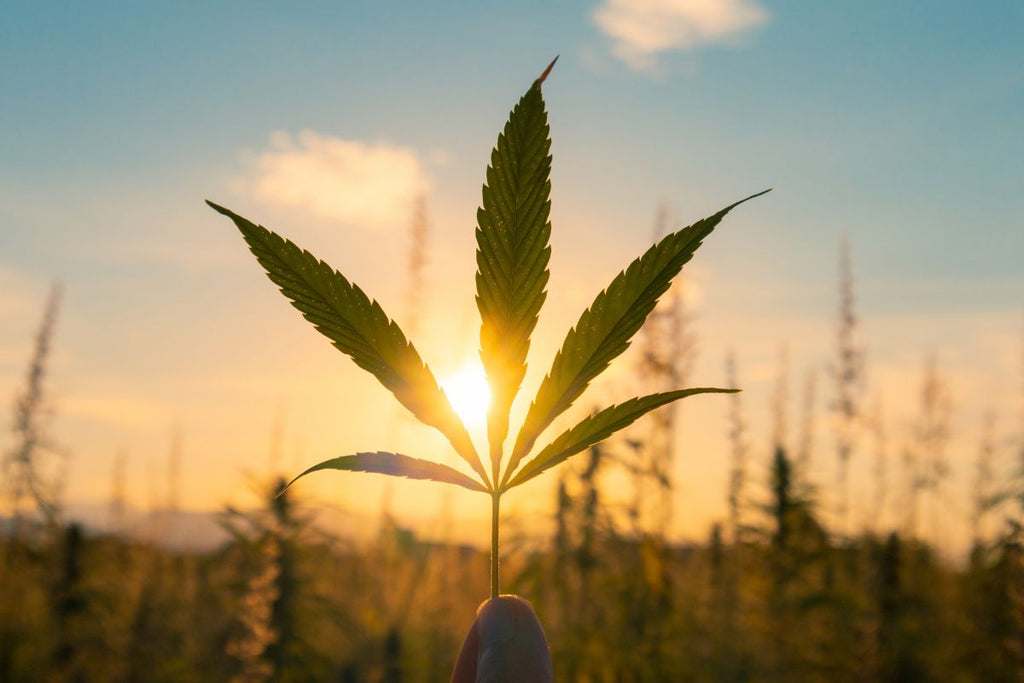
The classification of cannabis as a stimulant or depressant seems like a straightforward question, but as we delve deeper, it becomes clear that the answer is not black and white. The effects of weed can vary widely, and understanding whether it acts as a stimulant or depressant requires a nuanced exploration of its components, consumption methods, and individual differences.
The Complex Nature of Cannabis Effects
Cannabis contains a multitude of chemical compounds, with the most notable ones being THC and CBD. These cannabinoids interact with the body's endocannabinoid system, a complex network of receptors that regulate various physiological processes. This interaction contributes to the wide range of effects that cannabis users experience.
Stimulant-Like Effects
At lower doses, cannabis can exhibit stimulant-like effects. Users often report increased energy, enhanced creativity, and heightened focus. These effects are thought to be linked to the way THC influences the release of dopamine, a neurotransmitter associated with motivation and reward. Additionally, some strains of cannabis contain terpenes, aromatic compounds that contribute to the overall effects, and certain terpenes can have stimulating properties.
Depressant-Like Effects
Conversely, many users turn to cannabis for its ability to induce relaxation and alleviate stress. This aligns with its classification as a depressant. Cannabis can help reduce anxiety, promote a sense of calmness, and even lead to sedation, especially when consumed in higher doses. This sedative effect can be attributed to the interaction between cannabinoids and GABA receptors, which play a role in slowing down brain activity.
Factors Influencing the Results
-
Cannabinoid Composition: The ratio of THC to CBD in a particular strain of cannabis plays a significant role in determining its effects. Strains with higher THC content are more likely to induce euphoria and potentially stimulant-like effects, while those with balanced THC-CBD ratios might have a more balanced effect.
-
Dosage: The saying "the dose makes the poison" holds true for cannabis as well. Low doses are more likely to produce stimulating effects, whereas higher doses can lead to sedation and relaxation.
-
Consumption Method: How cannabis is consumed also affects the results. Smoking or vaping delivers cannabinoids rapidly into the bloodstream, often leading to more immediate and potentially stimulating effects. In contrast, edibles take longer to kick in and can result in more intense and prolonged depressant-like effects.
-
Individual Variability: Each person's body chemistry is unique, leading to variations in how they respond to cannabis. Factors like tolerance, genetics, metabolism, and previous experiences all influence the effects one might experience.
-
Setting and Mindset: The environment and mindset in which cannabis is consumed can greatly impact the results. A relaxed and comfortable setting might enhance the depressant effects, while an energetic environment could amplify stimulant-like effects.
In the ongoing debate about whether cannabis is a stimulant or depressant, the answer is a fascinating blend of both. The effects of cannabis are not dictated solely by its chemical composition but are shaped by a multitude of factors, including dosage, consumption method, individual characteristics, and environment. As our understanding of cannabis continues to evolve, it's crucial to approach its use with awareness and mindfulness, recognizing that its effects are as complex and diverse as the plant itself.